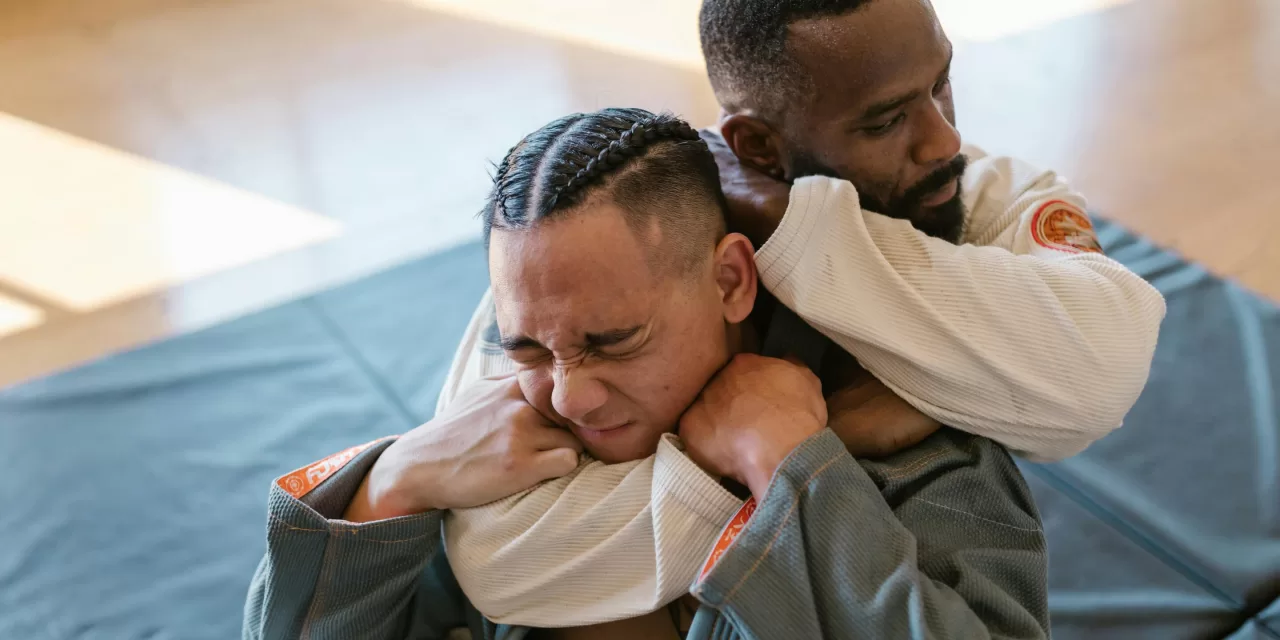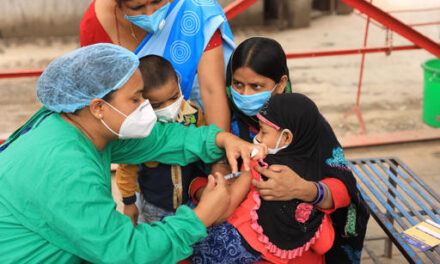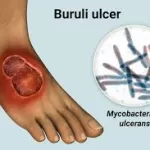Combat sports are a brutal yet highly technical display of human endurance, skill, and knowledge of anatomy. The human body has evolved to shield its vital organs—from the skull protecting the brain to the ribcage safeguarding the heart and lungs. Despite these natural defenses, fighters exploit vulnerabilities to deliver knockouts (KOs) and submissions that end matches in an instant.
Head and Neck
A well-placed strike to the head is one of the most effective ways to achieve a KO. A blow to the chin generates rotational force that can cause a “diffuse axonal injury,” where nerve fibers in the brain are stretched or torn, resulting in unconsciousness. Strikes to the side of the head can rupture blood vessels, leading to internal bleeding, coma, or even death.
Chokes are also key weapons in combat sports like Brazilian jiu-jitsu and mixed martial arts (MMA). The rear-naked choke, for example, takes about 8.9 seconds to render an opponent unconscious by cutting off blood flow through the carotid arteries. A sustained chokehold can lead to loss of consciousness within seconds and, in extreme cases, result in severe neurological damage.
Nerves and Bones
Kicks to the lower body can be just as devastating as head strikes. The sciatic nerve, the largest in the body, is often targeted with leg kicks, which can cause temporary paralysis or extreme pain. The common peroneal nerve, located near the knee, is another vulnerable point. Repeated blows to this area can lead to a condition called “foot drop,” where the fighter loses control of their foot.
Joint locks, such as armbars and ankle locks, apply excessive force to joints and connective tissues, often leading to sprains, dislocations, or fractures if the opponent does not submit in time. Ankle locks, in particular, are known to be extremely painful due to the high number of sensory receptors in the Achilles tendon.
Abdomen and Internal Organs
Blows to the liver and spleen can be fight-ending. A well-placed punch or kick to the liver—located on the right side of the abdomen—sends shockwaves through the organ, triggering severe pain and incapacitation. Since the liver receives 25% of the heart’s output of blood, severe trauma can cause fatal internal bleeding.
The spleen, located on the left side, is another vulnerable organ. Though protected by the ribs, it can rupture due to blunt-force trauma, leading to slow internal bleeding and potential collapse hours after the initial injury.
The Heart and Sudden Death
Commotio cordis is a rare but potentially fatal event where a blunt-force impact to the chest disrupts the heart’s electrical activity. This condition primarily affects young male athletes and occurs when the impact strikes the chest at a precise moment during the heart’s cycle. The energy required for this lethal event is roughly equivalent to a baseball traveling at 40 mph striking the chest.
Illegal Techniques and Their Dangers
Some strikes are banned in most combat sports due to their extreme danger. Rabbit punches—blows to the back of the head—can fracture the cervical vertebrae and cause paralysis or death. Groin strikes are also prohibited due to the extreme pain and potential damage to reproductive organs.
Conclusion
Understanding the anatomy behind fight-ending blows provides insight into the strategic elements of combat sports. While these disciplines demand immense skill and endurance, they also pose significant risks. Fighters undergo rigorous training to prepare for these dangers, making their performances a testament to both athleticism and resilience.
Disclaimer: This article is intended for informational purposes only and does not endorse violence or unsafe combat practices. Any participation in combat sports should be done under proper supervision and with safety measures in place.










